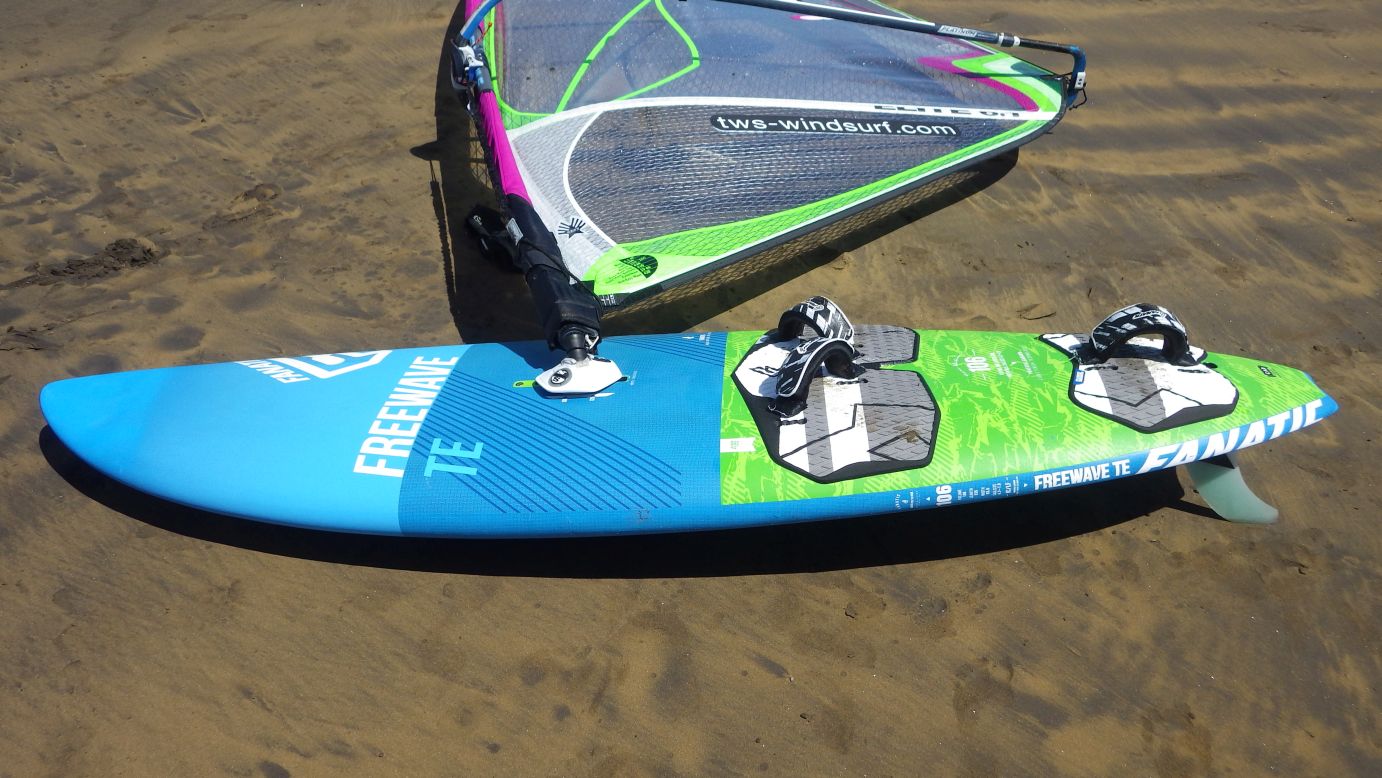For beginners, rigging a windsurf sail and preparing the board as best as possible, evaluating the result obtained, is an operation full of unknowns. We receive many requests in this regard in the Waterwind forum. Since an important part of our fun depends on the sailing and board performance in the water, we thought it could be useful to publish this article to help "young" windsurfers.
Windsurfing: getting your board and sail ready
Here we are. After you've chosen (thanks also to our beginner's guide to equipment choice), rented or purchased the equipment to get started, it's time to take action ... more or less!
Yes, because if we went to a specialized windsurfing center like those on Lake Garda, Maui, Jeri, Southern France or Sardinia, the board and the rig are ready to be put in the water, otherwise we will have to prepare everything for our first adventure. Let's see then this second case.
We will have: the bag in which the sail is kept, two fiberglass (uncommon nowadays) or carbon masts, better the two mast sections, a more or less elliptical tube, that is the boom, a base with pulleys, now always equipped with a extension tube, the mast foot, now always with a flexible joint to be screwed to the board, in the track rail.
The "piece of pipe" mentioned above, in aluminum (or carbon), is simply the "extension", and must be placed between the mast foot and the mast, and serves to lengthen the mast just enough for the sail we own. However, if the sail has a vario-top, that is a kind of plastic cap at the top to be adjusted with a ribbon, and the mast is just longer than the sail mast sleeve, the extension could not be needed, and the base could be enough (this usually happens on school sails and on small sizes of wave sails). However, it is not sure that with this solution, the best result in terms of sail performance can be obtained. The longer mast could be stiffer than that recommended one for the sail, which, therefore, could result in a more "nervous" behaviour in the water, with more sudden accelerations induced to the board.
As for the board, we will have: the board, the retractable centerboard or daggerboard (in the beginner boards), the fin attached under the tail, and the mast base, very often, by now, in modern equipment, integrated with the flexible joint (the whole stuff is called mast foot); it is a component that will be screwed into the track of the board, and connected only at the last moment to the rig.
Practical advice: regardless of the presentation that follows, it will be better to prepare and take the board to the beach first, complete with fin and mast foot, and the rig only later, especially in the presence of medium or strong wind, and in places where the sail, if left alone, could fly away.




